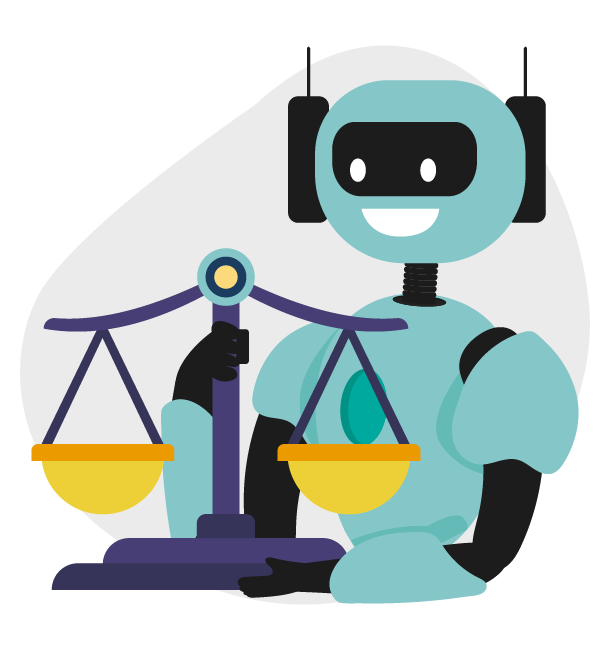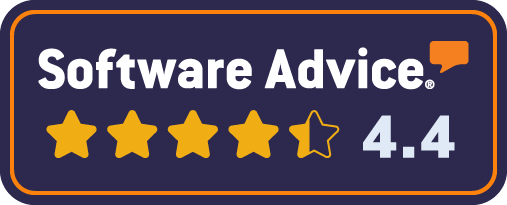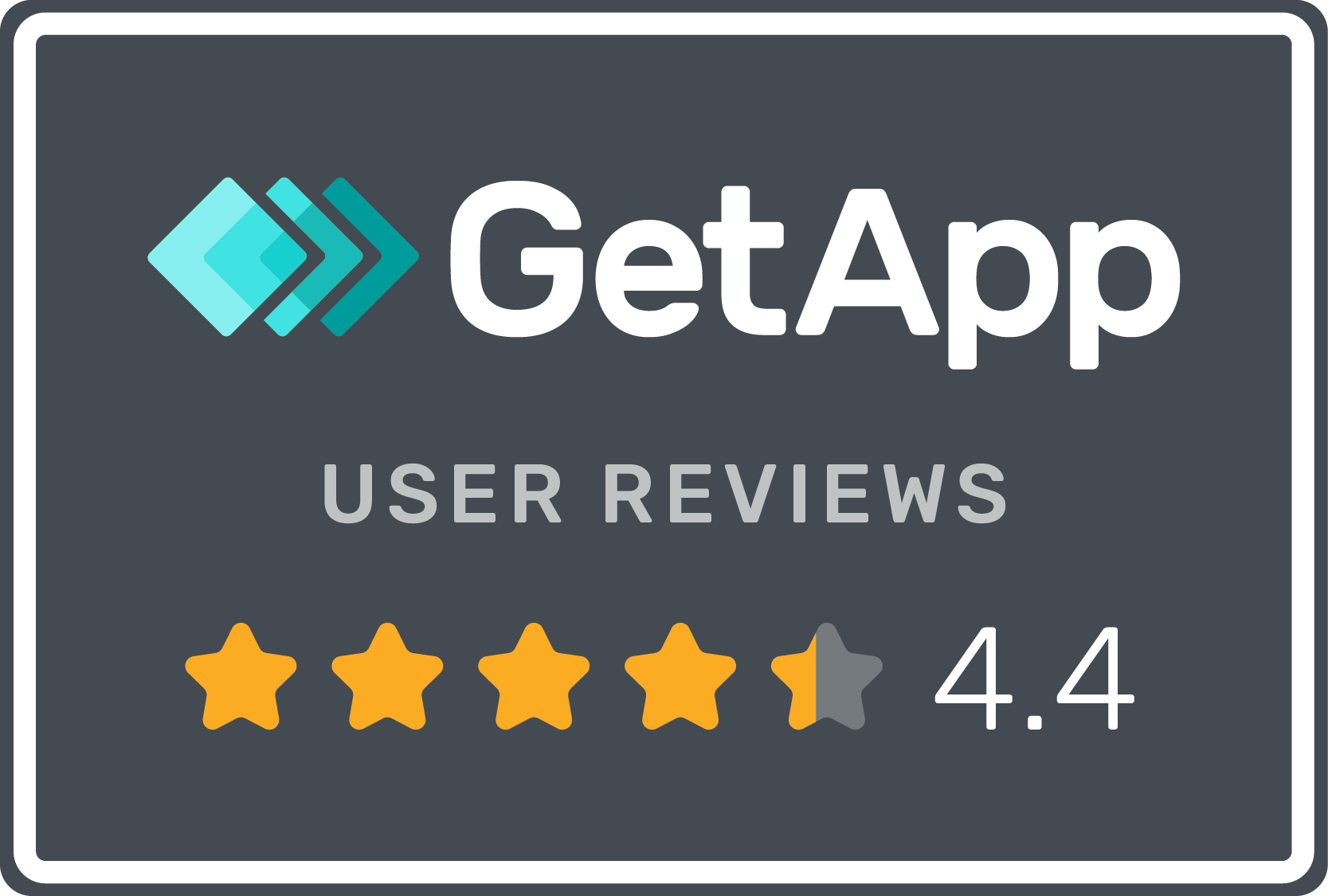This article covers our top tips to guide you in delivering a consistent diverse and inclusive recruitment process, every time.
You may find yourself head under water trying to stay ahead in fostering diversity and inclusion. At hireful, we know that embracing a diverse workforce brings a lot of benefits, from unlocking creativity to boosting employee engagement and retention. Truly making everyone feel welcome starts with shaking up the way you hire new talent.
In this comprehensive guide, we're going to give you some practical tips to revamp your hiring process.
the importance of diversity and inclusion in the workplace.
When you think of diversity, you most likely think about embracing people from different races, genders, and backgrounds. To get it right, this means embracing different ways people see the world and striving to bring in people with different experiences.
Inclusion, on the other hand, is about creating an environment where everyone feels like they belong, where their voices are heard, and where their strengths are celebrated. Many employees still feel that they can’t be their true selves in the workplace, and changing this takes conscious efforts. When you overcome this challenge, it results in higher employee morale, increased innovation, and helps your company do better financially.
the current state of diversity and inclusion in recruitment.
While there are lots of organisations working hard to build a workplace centred around diversity and inclusion, you still see leaders missing the bus when weaving D&I into their recruitment strategy. Studies back this up – they show that unconscious biases, deeply ingrained cultural norms, and lack of awareness influence hiring decisions across the board. This almost always leads to teams that look like a sea of sameness. If you want to fix this, you need to purposely find and stop these unfair habits when you're recruiting.
bias in the recruitment process.
Implicit bias means having thoughts and ideas about certain groups of people or things without even realising it - these thoughts can affect how we see things, make choices, and act, without you even knowing it's happening.
Hidden biases can accidentally affect who gets hired and means some groups of people just don’t get a fair chance. Just because this bias is unconscious, doesn’t mean organisations don’t have a responsibility to change it. The first step in dealing with these biases is to recognise that they exist and are affecting your organisation.
identifying and overcoming bias.
Ever noticed how some interviewers cosy up to candidates who share their hobbies or love for cat memes? That's the infamous "affinity bias" in action. This could lead them to hiring candidates who are just like them, leaving out people from different backgrounds who could bring different perspectives. Likewise, if an interviewer holds stereotypical views, they might ask different questions or judge candidates unfairly.
Curious whether bias is affecting your hiring? Try doing interviews with set questions and score all candidates on the same criteria. You can also train up your hiring managers on unconscious bias - encourage everyone to be aware of their own thoughts and biases and you can create a fair and equitable hiring process.
developing diverse job descriptions and job postings.
Often overlooked, the words we choose when we describe jobs can either draw in a diverse range of applicants or push them away. Your job descriptions are most of your candidates’ first impression of your company, and although we know they’re probably the bee’s knees, not tailoring them to be inclusive is a sure-fire way to blow your chances of getting a diverse applicant pool.
Hint - if you’ve ever strived for a more diverse team but diverse candidates just don’t seem to apply, this could be one component contributing to your problem.
Inclusive language is the way to go if you want to cast a wider net, and you can do this by:
- Avoiding gender-specific terms and overly technical jargon that might discourage potential candidates.
- Developing diverse job descriptions, focus on the impact of the role rather than the qualifications alone.
- Stressing what D&I practices you apply as a company, as well as how you foster an inclusive workplace, instead of only listing what the candidate should contribute.
anonymised CV’s.
Anonymised CV’s is a recruitment practice that works wonders in reducing unconscious bias during the initial evaluation process. With anonymised CV’s, all personal identifying information, like names and photos, is kept under wraps from the hiring team. Why? Because you want to shift the focus to the skills and qualifications of applicants, making the evaluation process fairer and more objective. It's like hiring with a blindfold on, but without the comical stumbling.
If you are considering anonymised CV’s, applicant tracking systems that anonymise CVs are worth looking at. Not to blow our own horn, but ours does a darn good job at this. It is highly customisable on a client-by-client basis in terms of what to exclude, and you can turn it on for a single job for an initial pilot before rolling out further.
broadening recruitment sources and networks.
Get creative with your recruitment strategy by finding new recruitment channels – this opens up a new avenue to connect with diverse groups.
Want to befriend the cool kids before they become famous? Don't be afraid to team up with schools and colleges. This is where the next generation of talent is being moulded, and you can jump ahead by building relationships with educational institutions, thereby providing opportunities to young go-getters but also nurturing long-lasting partnerships that benefit both sides.
It's important to also tap into the power of your own workforce - your current employees are your greatest asset in bringing in fresh talent by using their network of connections and suggesting potential candidates. If you have limited time and resources, you should choose which schools/colleges to partner with carefully. This is a good opportunity to analyse the diversity of their student population and choose those that can help you to rebalance your applicant diversity.
incorporating diversity and inclusion into the interview process.
We all know that biases can sneak their way into our decision-making process. One way to prevent this is by having different kinds of people on the interview team. This way, you get many different points of view when deciding. Instead of asking where candidates see themselves in five years (a classic snoozer), ask questions to find out how well a candidate would work in a diverse team, and if their values match your organisation when it comes to inclusivity. By consciously weaving diversity and inclusion practices into your interviews, you're not only finding the perfect fit for your team but also ensuring a workplace where everyone can bring their whole authentic selves.
providing unconscious bias training for interviewers.
When it comes to hiring, you have to tackle hidden biases head-on – we’re looking at you, interviewers! If interviewers aren’t judging all candidates equally, our workplaces won't have that all important mix of different people. These biases are tricky to spot, but we can teach interviewers to see and minimise them. Getting help from experts who know about fairness is a smart move. When interviewers gain a deeper understanding of bias, hiring becomes more open to everyone.
establishing mentorship and sponsorship programs for underrepresented groups.
Mentorship and sponsorship programs are pivotal in helping to nurture talent from underrepresented groups by giving guidance, support, and chances for career progression.
You can easily weave them into your practices by:
- Pairing up experienced employees with junior talent from diverse backgrounds in structured mentorship programs so that seasoned employees can guide and support rising stars, helping them grow and succeed.
- Setting up sponsorship programs where influential leaders take an active role in supporting and promoting talented individuals from marginalised groups.
- Investing in learning and development initiatives specifically designed for underrepresented talent. By providing resources and support, organisations can nurture a more inclusive pipeline of future leaders.
measuring and tracking diversity and inclusion metrics.
It's important to keep tabs by using data-driven insights on how well your efforts to promote diversity and inclusion are working. There are some simple things you can do:
- Monitor key metrics - keep an eye on things like the diversity of people who apply for jobs, those who make it to the interview stage, and those who ultimately get hired. These numbers give you a clearer picture of how your actions are impacting the diversity and inclusion journey. Some good metrics to track are the diversity of the initial candidate pool, the interview-to-hire ratio across different demographic groups, and employee retention rates for diverse hires.
- Regularly review these metrics - look for trends and patterns to spot areas where you can make improvements.
- Consider sharing your progress publicly - It's good to be transparent and accountable. You need to show you can walk the walk, not only talk the talk. This also inspires others to do the same.
creating a welcoming and inclusive workplace culture for all employees.
Fostering diversity and inclusion at the recruitment stage is often seen as the honeymoon phase, because that’s where it ends in a lot of cases. You have to extend your efforts into creating an inclusive workplace culture. This can be done by:
- Encouraging an open dialogue and collaboration among employees from diverse backgrounds.
- Implementing employee resource groups where individuals with shared experiences can connect and support each other – when employees have opportunities to get to know each other, they become more open to collaboration and being themselves at work.
- Promoting policies that accommodate different needs and celebrate cultural events - being respectful and staying informed on different cultures and religions is often overlooked, but a large part of your workforce will be appreciative of it.
- Supporting, listening to and encouraging neurodiverse colleagues - this involves educating yourself and training your workforce on how to be sensitive and accommodating towards neurodiverse individuals.
Feeling overwhelmed with info right now? Don’t stress it! Making your recruitment process more diverse and inclusive may take intentional effort and commitment, but making small changes consistently can bring forth large results. Rome wasn’t built in a day!
Remember, the journey towards a diverse and inclusive workforce is continuous and best practices are always improving. By continuously staying educated, you not only improve your recruitment process but also contribute to a fair and prosperous future. We hope this guide can help you start today and create a recruitment process that welcomes everyone.
references:
- Harvard Business Review - "Why Diversity Programs Fail" by Frank Dobbin Link
- McKinsey & Company - "Delivering through Diversity" report Link
Published 9th November 2023.


















